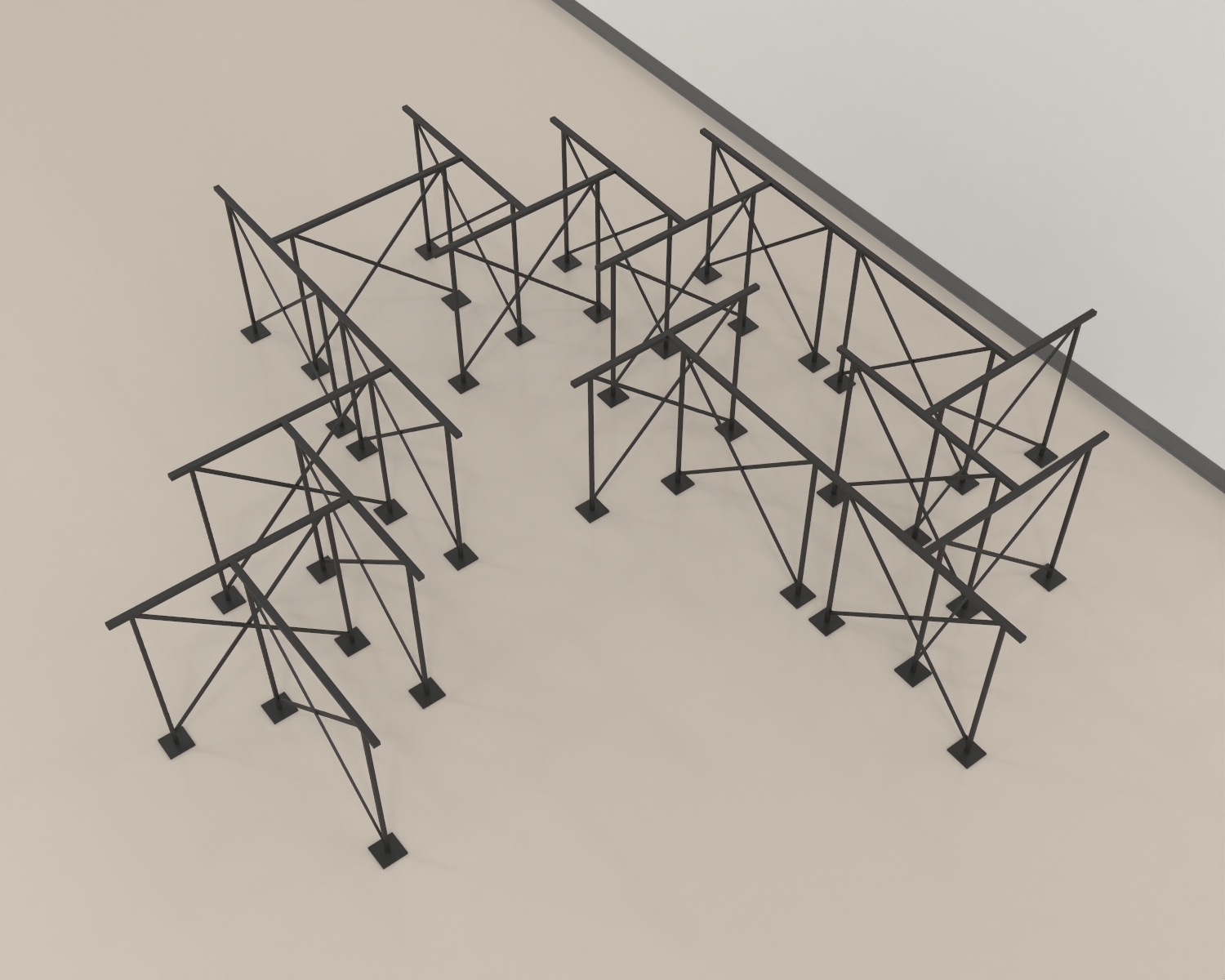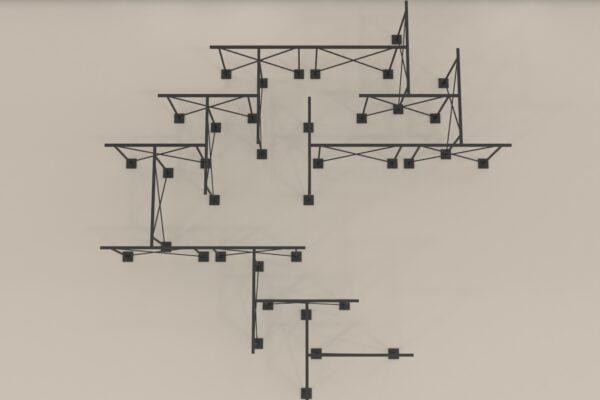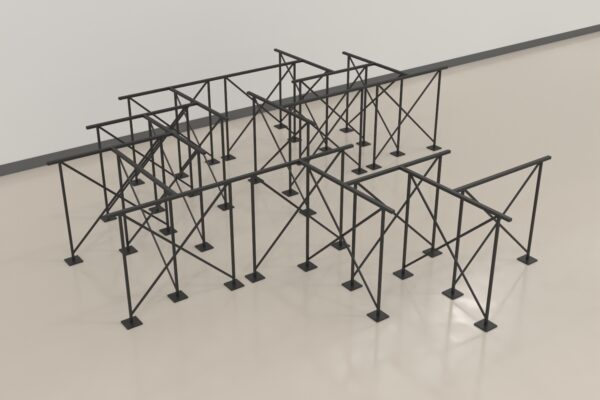Product Description
The Narrow Elevated Path Maze is used to study spatial learning and memory in rodents. It is also referred to as a “Skeleton Maze” due to its narrow elevated pathways, which measure 1 inch in width. The pathways are wide enough to test individual large adult rats.
The Narrow Elevated Path Maze comprises an assembly of 19 standing straight units adjoined to one another. A food box is located at one end of a maze unit, fastened in a notch, preventing it from being observable from the surface of the paths. The unit can be arranged in several different combinations. The standard combination employs 19 maze frames with 14 T-choice, 1 L-choice, 15 cul-de-sacs, and a true path.
MazeEngineers offer the Narrow Elevated Path Maze. Customizations are available upon request.




